Traditional vs AI-Driven Customer Experience Strategies
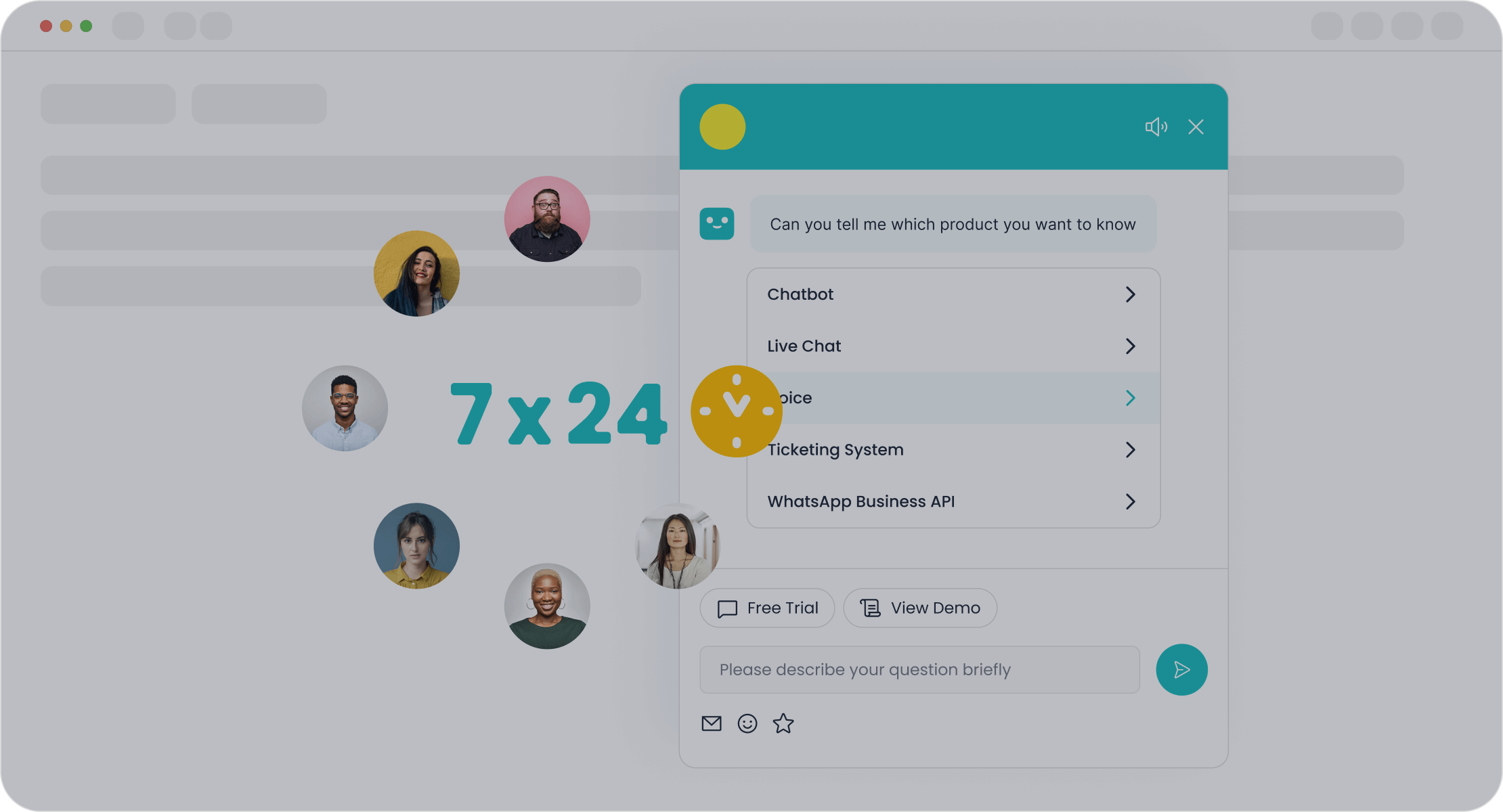
In today’s competitive market, customer experience industry trends have become a decisive factor for success. Research shows that 73% of customers prioritize experience when choosing where to shop, and 80% of companies now compete primarily on this basis. Poor experiences have significant consequences—65% of consumers switch brands after negative interactions.

AI is reshaping the customer experience industry by enabling businesses to deliver faster, smarter, and more personalized service. With tools like predictive analytics and AI-powered chatbots, companies can anticipate customer needs and provide tailored solutions. Sobot, for instance, leverages AI to help businesses enhance efficiency and satisfaction through innovative customer engagement solutions.
Traditional Customer Experience Strategies: Strengths and Weaknesses
Definition and Overview of Traditional Approaches
Traditional customer service focuses on direct, human-centered interactions to address customer needs. These approaches rely on personal communication methods, such as phone calls, emails, and face-to-face meetings. Empathy and interpersonal skills play a significant role in these strategies, as they aim to build trust and foster long-term relationships. Businesses often use these methods to create a customer-centric experience, ensuring that every interaction feels personal and meaningful.
Common Methods in Customer Service (e.g., phone, email, in-person)
Traditional customer service methods remain widely used across industries. A recent survey highlights their prevalence:
| Method | Percentage |
|---|---|
| In-person | 55% |
| Social Media | 47% |
| 42% |
Phone calls and emails are popular for resolving issues that require detailed explanations. In-person interactions, often seen in retail or hospitality, provide a personal touch that many customers value. These methods emphasize clear communication and problem-solving, making them essential for businesses aiming to deliver exceptional service.
Benefits of Traditional Strategies in Customer Support
Traditional customer support methods offer several advantages. They excel in creating personalized experiences, as seen in Starbucks’ consistent focus on customer satisfaction. This approach has helped the brand build loyalty and achieve significant growth. Similarly, Ritz-Carlton’s legendary service, which prioritizes attention to detail, has earned the company a prestigious reputation.
These strategies also cater to specific customer preferences. For example, 63% of Gen Zers consider mobile-friendly communication a top factor in satisfaction. Businesses that adapt traditional methods to meet these preferences can enhance their customer experience. ProManage, a financial consulting firm, improved client satisfaction by redesigning its app to prioritize user-centric communication, showcasing the strength of traditional approaches when executed effectively.
Challenges and Limitations of Manual Processes
Manual customer service processes often struggle to keep up with the demands of modern businesses. These traditional methods rely heavily on human effort, which can lead to inefficiencies and errors. For example, manual data entry costs an average of $4.70 per entry. Over time, this expense adds up, especially for businesses handling large volumes of customer interactions.
One of the biggest challenges you might face with manual processes is inefficiency. These methods are slow and cumbersome, often causing delays in resolving customer issues. A survey revealed that 24% of individuals identified missing reports as a significant problem. This lack of accurate data can hinder decision-making and reduce overall productivity.
| Challenge | Evidence |
|---|---|
| Missing reports | 24% of surveyed individuals identified missing reports as a significant challenge. |
| Inefficiency | Manual processes are described as slow, cumbersome, and prone to errors, impacting efficiency. |
| Cost of manual entry | The average cost of manually entering HR data is $4.70 per entry, which accumulates significantly. |
Manual processes also require significant time and resources to maintain. They are expensive and inflexible, making it difficult for businesses to adapt to changing market conditions. For instance:
- Manual workflows often lead to delays and errors.
- They demand high labor costs, especially during peak seasons.
- Adapting to new customer demands becomes challenging without automation.
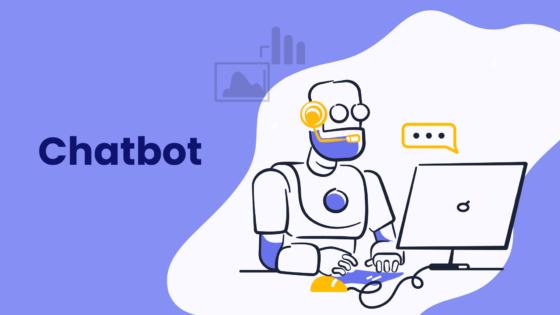
To overcome these limitations, many businesses are turning to AI-driven solutions like Sobot’s Chatbot. This tool automates repetitive tasks, reduces costs, and improves efficiency by 70%. By replacing manual processes with AI-powered systems, you can focus on delivering a seamless customer experience while saving time and resources.
AI-Driven Customer Experience Strategies: A New Era

What is AI-Powered Customer Service?
AI-powered customer service uses advanced technologies like machine learning, natural language processing (NLP), and predictive analytics to enhance how businesses interact with customers. Unlike traditional methods, these systems automate repetitive tasks, analyze customer data, and provide real-time solutions. For example, AI chatbots can handle routine inquiries, allowing human agents to focus on complex issues. This approach improves efficiency and ensures faster responses.
A financial services firm, for instance, faced challenges with 30% of customer calls being repetitive. By adopting AI-driven methodologies, they improved first-call resolution rates and gained insights into customer intent. This shift not only enhanced service quality but also optimized agent performance. As AI continues to evolve, its role in customer service automation becomes indispensable for businesses aiming to stay competitive.
Key Features of AI-Driven Solutions (e.g., chatbots, predictive analytics)
AI-powered methods offer several standout features that revolutionize customer service. These include:
| Feature | Description |
|---|---|
| Predictive Analytics | Proactively addresses customer needs, enhancing personalization and satisfaction. |
| Machine Learning | Learns from interactions to provide tailored responses based on customer profiles. |
| Natural Language Processing (NLP) | Interprets and responds to queries in real time, understanding human language nuances. |
| Continuous Learning | Improves accuracy over time by analyzing data and refining responses. |

The role of AI chatbots is particularly noteworthy. They integrate seamlessly with omnichannel support systems, enabling businesses to interact with customers across platforms like WhatsApp and SMS. Sobot’s AI chatbot exemplifies this, offering multilingual capabilities and 24/7 availability. It uses AI-driven analysis to deliver instant, accurate replies, ensuring a smooth customer experience.
Benefits of AI-Powered Customer Support
AI-powered customer support delivers measurable benefits. Studies show that AI chatbots can handle up to 80% of routine inquiries, reducing wait times from minutes to seconds. This efficiency not only saves time but also cuts costs. Juniper Research estimates that chatbots could save businesses up to $8 billion annually.
Adopting AI-powered methods also boosts customer satisfaction. AI-driven marketing strategies, such as personalized recommendations, can increase revenue by 40%. Additionally, businesses using omnichannel support see a 91% higher customer retention rate. Sobot’s AI solutions, for example, enhance productivity by 70% and reduce service costs by up to 50%. These tools empower you to deliver exceptional service while optimizing resources.
“AI-powered support systems are transforming customer service, enabling businesses to provide faster, smarter, and more personalized experiences.”
Challenges and Considerations in AI Implementation
Implementing ai in customer service offers transformative benefits, but it also comes with challenges that you must address to ensure success. Understanding these considerations will help you navigate potential pitfalls and maximize the value of ai-driven solutions.
Balancing Automation with Human Interaction
While ai excels at handling repetitive tasks, it often lacks the empathy required for sensitive customer interactions. For example, complaints or high-value customer queries demand active listening and emotional intelligence. Striking the right balance between automation and human intervention is crucial. A hybrid approach, where ai handles routine inquiries and human agents manage complex issues, ensures a more personalized customer experience.
Tip: Use ai to free up your team for tasks that require empathy and creativity. This approach enhances efficiency without compromising the human touch.
Key Challenges in AI Implementation
Several challenges can arise when integrating ai into your customer service operations. Addressing these proactively will help you avoid disruptions:
| Challenge/Consideration | Description |
|---|---|
| Data privacy | Ensuring customer data is handled securely and in compliance with regulations is paramount. |
| Bias in AI algorithms | AI systems must be designed to avoid perpetuating biases based on race, gender, or age. |
| Job displacement | Companies must prioritize reskilling and upskilling their workforce as AI automates tasks. |
| Preserving the human touch | AI should complement human agents, maintaining a balance between automation and human interaction. |
Overcoming Integration Complexities
Integrating ai with your existing systems can be time-consuming and complex. Legacy systems may not seamlessly align with modern ai platforms, leading to delays. To simplify this process, consider solutions like Sobot’s AI Chatbot, which integrates effortlessly with omnichannel platforms like WhatsApp and SMS. This ensures a smooth transition while maintaining operational efficiency.
Building Customer Trust
Customers may hesitate to trust ai-driven interactions, especially when it comes to sensitive information. Transparency is key. Clearly communicate how ai enhances their experience, such as by reducing wait times or providing 24/7 support. For instance, Sobot’s AI Chatbot operates around the clock, ensuring customers receive timely assistance without compromising data security.
By addressing these challenges thoughtfully, you can unlock the full potential of ai in customer service while maintaining a customer-centric approach.
Comparing Traditional and AI-Driven Strategies
Efficiency and Speed in Customer Service Automation
When comparing AI vs traditional methods, efficiency and speed emerge as defining factors. Traditional customer service relies on human agents to handle inquiries, which can lead to delays during peak times. Manual processes often struggle to keep up with high volumes, resulting in slower response rates and reduced customer satisfaction. For instance, repetitive tasks like data entry or answering FAQs consume valuable time and resources.
Customer service automation powered by AI transforms this dynamic. By automating repetitive tasks, AI systems enable businesses to manage more inquiries in less time. This reduces errors and allows human agents to focus on complex issues. Studies show that automation can reduce first response time by 37% and resolution time by 52%, while increasing repeat purchases by 36%. AI chatbots, like Sobot’s multilingual chatbot, operate 24/7, ensuring instant replies and seamless customer interactions across platforms like WhatsApp and SMS.
Tip: Use AI-driven tools to handle routine queries efficiently. This frees up your team to focus on tasks requiring creativity and empathy, enhancing overall engagement.
Cost and Scalability of AI-Powered Solutions
Cost and scalability are critical when comparing AI and traditional marketing strategies. Traditional systems often require additional hardware and personnel to scale operations, leading to higher costs during peak seasons. For example, hiring more agents to manage increased inquiries can strain budgets, especially for small businesses.
AI-powered solutions offer a more scalable and cost-effective alternative. While initial setup costs may be higher, they lead to lower operational expenses over time. Generative AI systems, such as Sobot’s AI platform, handle complex inquiries efficiently and become cost-effective at 55,000 contacts annually. In contrast, traditional IVR systems break even at 40,000 contacts per year but lack the flexibility of AI. The table below highlights key cost and performance metrics:
| Solution | Initial Setup Cost | Annual Maintenance Cost | Success Rate | Scalability Metrics |
|---|---|---|---|---|
| IVR Systems | $250,000 | $50,000 | 75% | Break-even at 40,000 contacts/year |
| Generative AI | $150,000 | Variable (up to $150,000) | 90% | Cost-effective at 55,000 contacts/year |
| Human Agents | N/A | $1/minute | Nearly 100% | Best for low-volume, high-complexity interactions |
Sobot’s AI solutions not only reduce costs but also improve scalability. They adapt to growing customer demands without requiring proportional increases in resources, making them ideal for businesses aiming to optimize their strategy.
Customer Satisfaction: Personalization vs Human Touch
Customer satisfaction hinges on the balance between personalization and the human touch. Traditional methods excel in emotionally charged situations, where empathy and interpersonal skills are crucial. A Gartner report reveals that 75% of customers prefer human interaction for sensitive issues. For example, manual personalization methods achieve a 15% higher satisfaction rate for complex interactions.
AI systems, on the other hand, deliver personalization through data analysis. They analyze customer preferences and behaviors to provide tailored recommendations. Sobot’s AI chatbots use real-time intent assistance to boost conversions by 20%, ensuring customers receive relevant solutions instantly. However, AI lacks emotional intelligence, which human agents provide to deepen relationships.
Note: Combining AI-driven personalization with human empathy creates a hybrid strategy that enhances customer engagement and satisfaction. For instance, Sobot’s chatbot handles routine inquiries while human agents manage sensitive cases, ensuring a balanced approach.
By comparing AI and traditional methods, you can identify the strengths of each and implement a strategy that aligns with your business goals. Whether you prioritize automation or the human touch, leveraging the right tools will optimize your customer experience.
The Role of Sobot's Chatbot in Bridging the Gap
Sobot's Chatbot stands out as a powerful tool that connects the strengths of traditional customer service with the efficiency of AI-driven solutions. Unlike traditional chatbots, which follow rigid, pre-defined workflows, Sobot's Chatbot adapts dynamically to customer needs. This adaptability allows it to handle complex tasks that go beyond simple queries, making it an essential asset for modern businesses.
Advanced Capabilities for Complex Workflows
Sobot's Chatbot uses AI to deliver context-aware interactions. For example, when planning a trip, traditional chatbots might only provide basic information like flight schedules or hotel options. Sobot's Chatbot, however, can break down the entire process into manageable steps. It adjusts recommendations based on user preferences, ensuring a seamless experience. This capability highlights its superiority in handling intricate workflows.
Bridging Personalization and Automation
Sobot's Chatbot bridges the gap between the human touch of traditional methods and the efficiency of AI. It provides personalized responses by analyzing customer data in real time. For instance, it can recommend products based on browsing history or past purchases, enhancing customer satisfaction. At the same time, its 24/7 availability ensures that customers receive instant support, even during peak hours.
Multilingual and Omnichannel Support
Sobot's Chatbot supports multiple languages and integrates with various platforms like WhatsApp and SMS. This omnichannel capability ensures that customers can interact with businesses through their preferred channels. By offering consistent service across platforms, Sobot's Chatbot helps businesses maintain a unified customer experience.
Proven Results in Real-World Applications
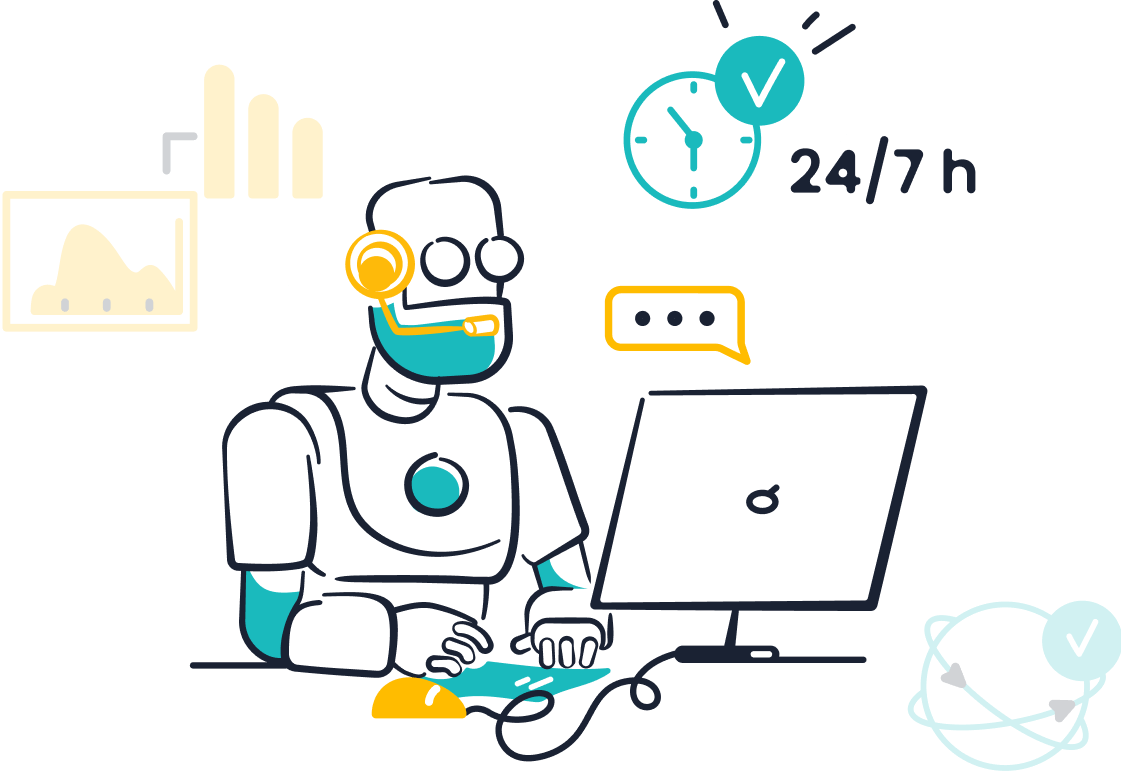
Businesses using Sobot's Chatbot have reported significant improvements in efficiency and customer satisfaction. OPPO, a global smart device leader, achieved an 83% chatbot resolution rate and a 94% positive feedback rate after implementing Sobot's solutions. These results demonstrate how Sobot's Chatbot effectively bridges the gap between traditional and AI-driven strategies, delivering measurable benefits.
Tip: Use Sobot's Chatbot to automate routine tasks while maintaining a personalized approach. This strategy enhances efficiency without compromising the quality of customer interactions.
By combining advanced AI capabilities with a customer-centric approach, Sobot's Chatbot empowers businesses to deliver exceptional service. It bridges the divide between traditional and AI-driven methods, ensuring a balanced and effective customer experience.
The Hybrid Approach: Combining the Best of Both Worlds
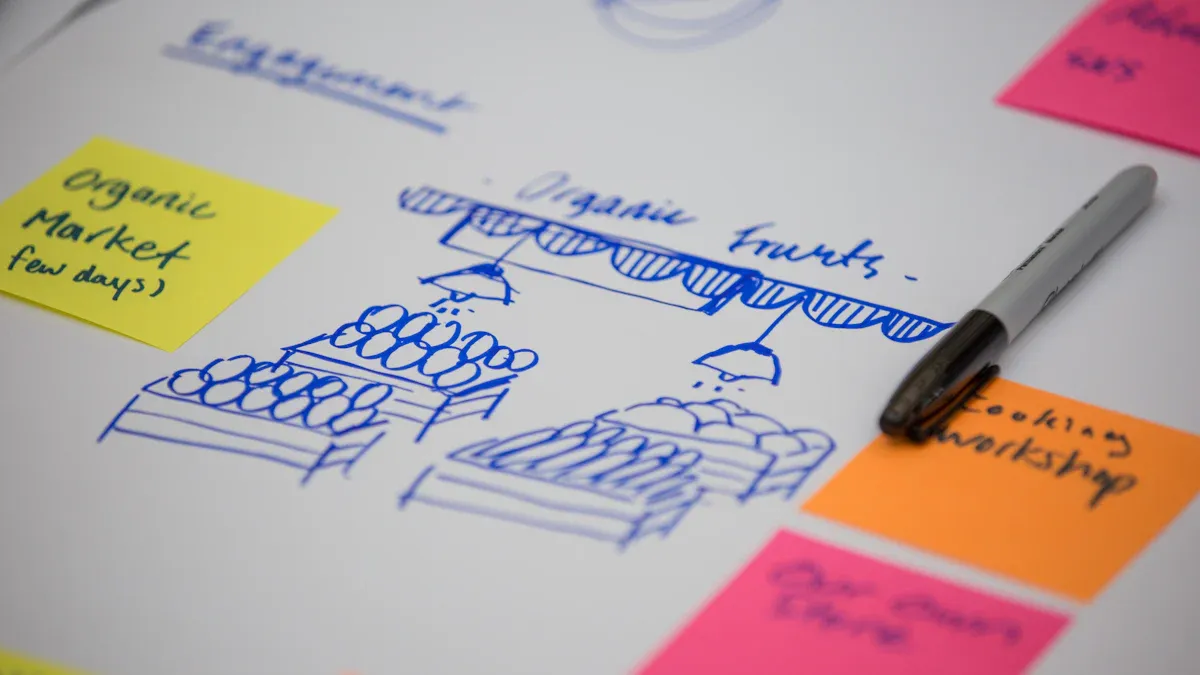
What is a Hybrid Customer Experience Strategy?
A hybrid customer experience strategy combines the strengths of traditional methods with the efficiency of AI-driven solutions. This approach leverages human empathy and interpersonal skills while utilizing AI technologies to automate repetitive tasks and provide real-time insights. By integrating these two methods, businesses can deliver personalized and efficient customer service that meets diverse customer needs.
For example, AI chatbots can handle routine inquiries, such as order tracking or FAQs, while human agents focus on complex or emotionally sensitive issues. This balance ensures that customers receive timely and accurate support without losing the human touch. Gartner predicts that by 2025, 80% of customer service organizations will use generative AI to enhance both agent productivity and customer satisfaction. This highlights the growing importance of hybrid strategies in modern customer service.
Benefits of Integrating Traditional and AI-Driven Methods
Combining traditional and AI-driven methods offers several advantages that enhance customer experience and operational efficiency. Here are some key benefits:
- Improved Efficiency: AI automates repetitive tasks, reducing response times and freeing up human agents for more complex issues. For instance, TGH Urgent Care achieved an 80% call answer rate and a 40% reduction in incoming call volume by integrating AI tools.
- Enhanced Personalization: AI analyzes customer data to provide tailored recommendations, while human agents add emotional intelligence to interactions. Netflix’s recommendation engine exemplifies this by using AI to suggest personalized content, boosting user engagement.
- Seamless Omnichannel Support: AI facilitates smooth transitions across platforms, ensuring customers receive consistent support. This integration eliminates the frustration of repeating information when switching channels.
- Scalability: AI-driven solutions adapt to growing customer demands without requiring proportional increases in resources. Businesses using AI for lead generation reported a 50% increase in leads and a 45% higher conversion rate compared to traditional methods.
| Benefit | AI-Driven Techniques | Traditional Methods |
|---|---|---|
| Speed | Processes data in real-time | Slower data analysis |
| Accuracy | Delivers precise identification of patterns | May miss complex patterns |
| Predictive Capabilities | Forecasts future behavior based on data | Limited predictive power |
| Scalability | Analyzes massive datasets | Limited to smaller sample sizes |
| Deep Human Insights | Lacks nuanced understanding of emotions | Provides qualitative data and insights |
| Flexibility | Structured algorithms may miss unexpected insights | Adapts to unexpected responses |
| Ethical Considerations | Concerns over data privacy | Prioritizes ethical data collection |
By integrating these methods, you can create a customer experience strategy that combines the best of both worlds, ensuring satisfaction and loyalty.
Tips for Implementing a Hybrid Model with Sobot's Solutions
Implementing a hybrid model requires careful planning and the right tools. Sobot’s solutions, such as its AI chatbot, provide the perfect foundation for a seamless integration of traditional and AI-driven methods. Here are some tips to help you get started:
- Start with Routine Tasks: Use Sobot’s AI chatbot to automate repetitive inquiries like order tracking or FAQs. This reduces agent workload and ensures faster responses.
- Leverage Omnichannel Support: Integrate Sobot’s omnichannel platform to connect all customer interaction channels. This ensures a consistent experience across platforms like WhatsApp, SMS, and email.
- Train Your Team: Equip your agents with the skills to handle complex issues while using AI tools effectively. Sobot’s AI copilots assist agents by generating responses and summaries, enhancing productivity.
- Monitor and Optimize: Continuously analyze performance metrics to identify areas for improvement. Sobot’s AI insights provide detailed reports, helping you refine your strategy.
- Build Customer Trust: Communicate the benefits of AI to your customers, such as 24/7 availability and faster resolutions. Highlight how Sobot’s solutions prioritize data security and compliance.
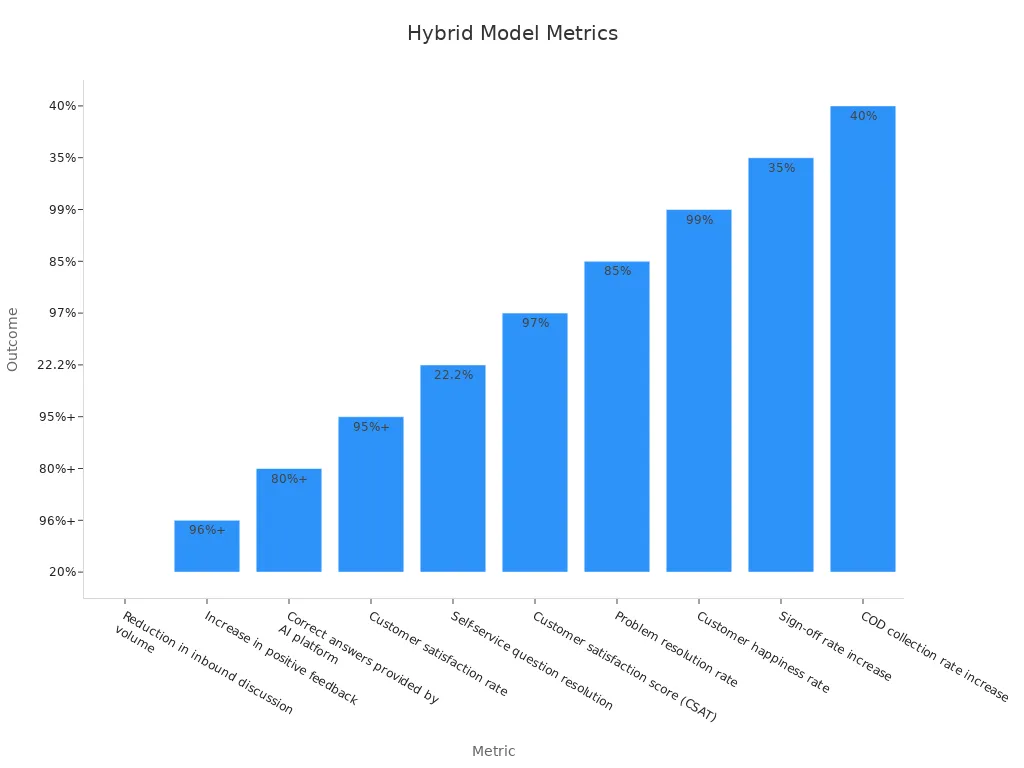
Businesses that adopt a hybrid approach with Sobot’s solutions have seen remarkable results. Metrics show a 20% reduction in inbound discussion volume, a 96%+ increase in positive feedback, and a 97% customer satisfaction score. These outcomes demonstrate the effectiveness of combining traditional and AI-driven methods to deliver exceptional customer experiences.
Real-World Examples: OPPO's Success with Sobot
OPPO, a global leader in smart devices, faced significant challenges in managing customer service during peak shopping periods. High inquiry volumes overwhelmed their human agents, leading to long wait times and customer dissatisfaction. Maintaining an extensive knowledge base for their products also required considerable time and resources. These issues made it difficult for OPPO to deliver the seamless customer experience their customers expected.
To address these challenges, OPPO partnered with Sobot to implement AI-driven customer experience strategies. Sobot's AI Chatbot became a game-changer for OPPO. It handled repetitive inquiries, such as FAQs, allowing human agents to focus on complex customer issues. This human-machine collaboration significantly improved efficiency. For example, the chatbot achieved an impressive 83% resolution rate, reducing the workload on human agents.
Sobot also helped OPPO optimize its knowledge base. By automating the input of Q&A pairs, Sobot reduced OPPO's maintenance efforts by 90%. This optimization ensured that customers received accurate and timely responses, even during high-demand periods. Additionally, Sobot integrated OPPO's customer service channels and business systems, eliminating data silos. This integration allowed agents to access customer information seamlessly, improving response times and service quality.
The results were remarkable. OPPO saw a 94% positive feedback rate and a 57% increase in repurchase rates. These metrics highlight the effectiveness of Sobot's AI-driven solutions in enhancing customer satisfaction and loyalty. OPPO's success demonstrates how AI-powered tools can transform customer service operations, making them more efficient and customer-centric.
Tip: If you want to achieve similar results, consider using Sobot's AI Chatbot. It automates routine tasks, optimizes workflows, and ensures a seamless customer experience. Learn more about Sobot's solutions here.
By adopting Sobot's AI-driven customer experience strategies, OPPO not only improved operational efficiency but also strengthened its relationship with customers. This case study serves as a powerful example of how businesses can leverage AI to overcome challenges and achieve measurable success.
Choosing the Right Strategy for Your Business
Factors to Consider: Business Size, Budget, and Customer Demographics
Choosing the right strategy depends on several critical factors. First, consider your business size. Small businesses often benefit from traditional methods due to their simplicity and personal touch. Larger organizations, however, may require customer service automation to handle high volumes efficiently. Budget also plays a significant role. Traditional methods may involve lower initial costs but can become expensive as your business scales. AI-powered tools, like Sobot’s Chatbot, require upfront investment but save costs in the long run by automating repetitive tasks.
Understanding your customer demographics is equally important. Younger audiences often prefer digital interactions, while older customers may value human interaction. Personalization is key to meeting these diverse needs. For example, guided selling approaches, which combine AI insights with human expertise, can improve customer satisfaction and conversion rates. Balancing automation with human interaction ensures you meet customer expectations effectively.
When to Prioritize Traditional Customer Experience Methods
Traditional methods work best in scenarios requiring empathy and deep human connection. For instance, industries like healthcare or luxury retail often rely on personal interactions to build trust. If your customers frequently deal with sensitive issues or high-value transactions, traditional strategies are essential. These methods also suit businesses with a smaller customer base, where maintaining personal relationships is feasible.
Consider Starbucks, which excels in creating personalized experiences through face-to-face interactions. This approach fosters loyalty and enhances customer satisfaction. Similarly, small local businesses often thrive by offering in-person support, which builds community trust. If your business values emotional intelligence and personal touch, traditional methods should remain a priority.
When to Leverage AI-Powered Customer Service Tools
AI-powered tools shine in scenarios requiring speed, scalability, and efficiency. Businesses experiencing rapid growth or handling high inquiry volumes should consider customer service automation. For example, Tidio’s AI agent Lyro automates 70% of inquiries, reducing response times by 90%. Similarly, Marriott International’s ChatBotlr improved guest engagement by providing instant responses.
AI tools also excel in enhancing personalization. Sobot’s Chatbot analyzes customer data to deliver tailored recommendations, boosting conversions by 20%. If your business operates across multiple channels, AI ensures consistent support. For instance, omnichannel platforms like Sobot integrate seamlessly with WhatsApp and SMS, providing 24/7 availability. Leveraging AI tools becomes crucial when scaling operations or meeting the demands of tech-savvy customers.
Steps to Transition or Integrate Both Approaches Seamlessly
Transitioning to a hybrid customer experience strategy requires careful planning and execution. By following structured steps, you can integrate traditional methods with AI-driven solutions effectively while minimizing disruptions.
-
Assess Current Systems and Identify Opportunities
Begin by evaluating your existing customer service systems. Identify areas where traditional methods excel and where automation can add value. For example, if your team spends significant time answering repetitive inquiries, implementing AI chatbots like Sobot’s can streamline these tasks. Modernizing your systems, such as adopting cloud solutions or REST-API architecture, ensures seamless communication between traditional and AI-driven tools. -
Upskill Your Team
Equip your customer service agents with the skills to work alongside AI technologies. Training programs should focus on using AI tools effectively while maintaining empathy in interactions. Sobot’s AI copilots, for instance, assist agents by generating summaries and responses, enhancing productivity without replacing the human touch. -
Leverage AI Ecosystems
Utilize platforms that integrate AI capabilities into your operations. Microsoft’s AI ecosystem, for example, offers tools for predictive analytics and customer insights. Sobot’s omnichannel solutions provide similar benefits, enabling you to unify customer interactions across platforms like WhatsApp and SMS. -
Modernize Your Architecture
Transitioning to AI-driven systems often requires updating your technical infrastructure. Businesses that modernize their ERP applications or adopt .NET architecture can integrate AI more effectively. This step ensures your systems remain scalable and adaptable to future needs. -
Embrace Data as a Core Asset
Treat customer data as a valuable resource. AI thrives on data, using it to deliver personalized experiences. Sobot’s AI chatbot analyzes customer preferences to provide tailored recommendations, boosting satisfaction and conversions. Ensure your data is secure and compliant with regulations to build trust with your customers.
Tip: Start small by automating routine tasks, then gradually expand AI integration to more complex workflows. This minimizes disruptions and allows your team to adapt smoothly.
By following these steps, you can create a balanced strategy that combines the strengths of traditional methods with the efficiency of AI-driven solutions. Businesses that adopt this approach often see improved customer satisfaction, reduced costs, and enhanced operational efficiency.
Traditional customer experience strategies excel in building trust through human interaction but often struggle with inefficiency and scalability. AI-driven methods streamline processes, enabling faster responses and personalized solutions, yet they may lack the emotional intelligence needed for sensitive issues. A hybrid approach combines these strengths, allowing businesses to automate routine tasks while maintaining a human touch for complex interactions.
To optimize your strategy, start by identifying areas where automation can save time. Use tools like Sobot’s AI Chatbot to handle repetitive inquiries and integrate omnichannel support for seamless customer interactions. Train your team to balance AI efficiency with empathy, ensuring a customer-centric experience. By adopting this hybrid model, you can stay ahead of customer experience industry trends and deliver exceptional service.
FAQ
What are the key differences between traditional and AI-driven customer experience strategies?
Traditional strategies rely on human interaction, such as phone calls or in-person meetings, to resolve issues. AI-driven solutions, like Sobot’s Chatbot, automate repetitive tasks, provide 24/7 support, and analyze customer data for personalized service. AI improves efficiency, while traditional methods excel in emotional connection.
How can AI-powered tools improve customer satisfaction?
AI tools, such as Sobot’s omnichannel Chatbot, provide instant responses and personalized recommendations. They reduce wait times and handle inquiries across platforms like WhatsApp and SMS. For example, businesses using AI see a 91% higher customer retention rate, according to Forbes.
Is it expensive to implement AI-driven customer service?
AI solutions may require upfront investment, but they save costs over time. Sobot’s Chatbot reduces service costs by up to 50% by automating inquiries. It becomes cost-effective for businesses handling over 55,000 contacts annually, making it a scalable option for growing companies.
Can AI replace human agents in customer service?
AI complements human agents rather than replacing them. Tools like Sobot’s AI Copilot assist agents by generating responses and summaries, allowing them to focus on complex issues. This hybrid approach ensures efficiency without losing the human touch, especially for sensitive customer interactions.
How do I choose the right customer experience strategy for my business?
Consider your business size, budget, and customer demographics. Small businesses may benefit from traditional methods, while larger companies handling high volumes should adopt AI-driven solutions like Sobot’s Chatbot. A hybrid approach often works best, combining automation with human empathy for a balanced customer experience.
See Also
Enhancing Efficiency With AI-Driven Customer Support Solutions
An In-Depth Look at AI Call Center Technologies
Transforming Customer Support With AI Service Agents
